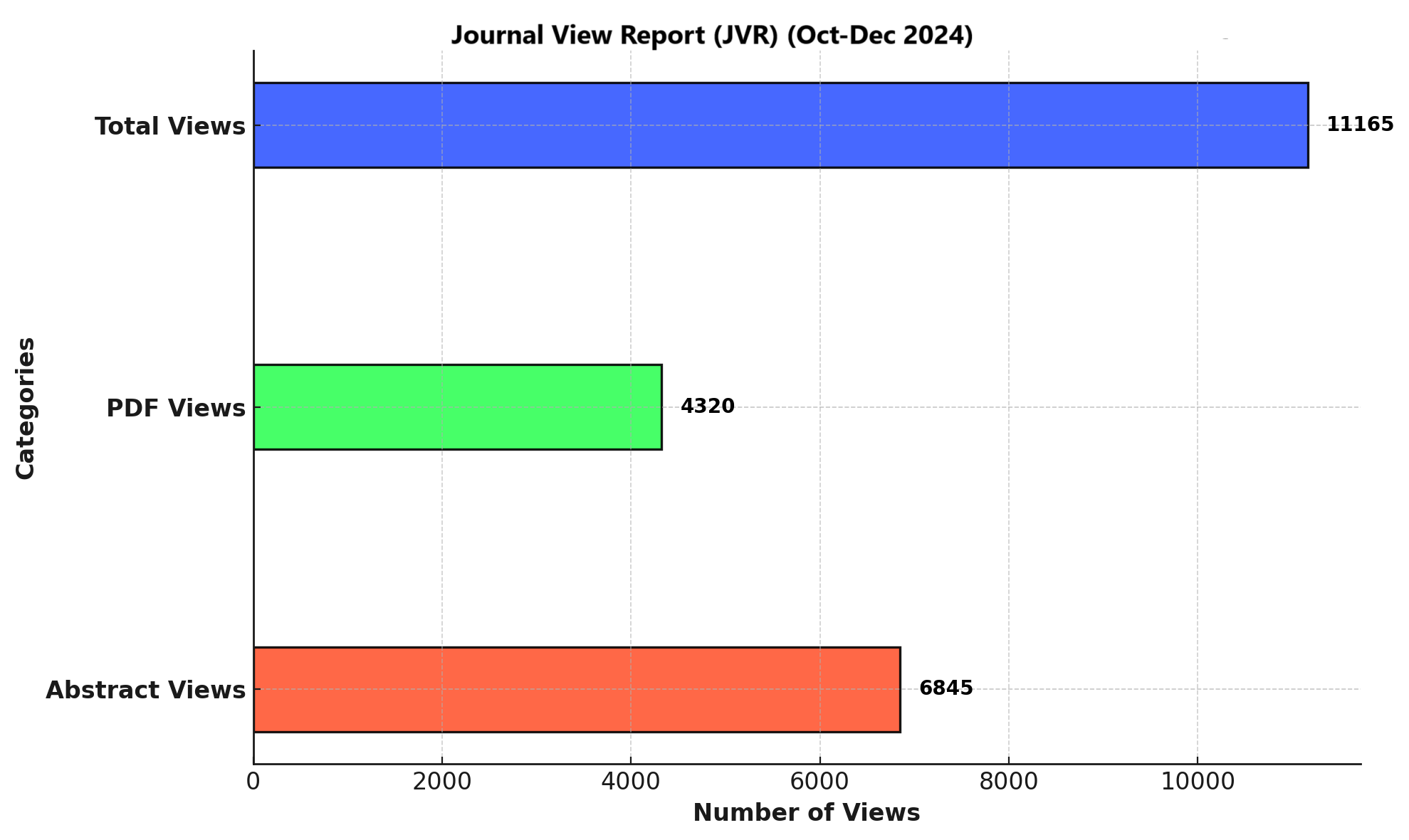TRAUMATIC EXPERIENCES AND PTSD SYMPTOMS IN SUBSTANCE USE DISORDER: A COMPARISON BETWEEN STIMULANT AND NARCOTIC USERS
DOI:
https://doi.org/10.71000/fm0wdg10Keywords:
Depression, Impulsivity, Narcotic Use Disorder, PTSD, Self-Medication, Stimulant Use Disorder, Trauma ExposureAbstract
Background: substance use disorders (SUDs), particularly those involving stimulants and narcotics, are frequently associated with trauma exposure and psychiatric comorbidities such as post-traumatic stress disorder (PTSD). PTSD not only complicates addiction recovery but also intensifies the psychological burden in affected individuals. Prior research has not sufficiently compared trauma-related PTSD severity between stimulant and narcotic users, leaving a gap in personalized treatment approaches based on substance type.
Objective: This study aimed to evaluate the impact of traumatic experiences on PTSD symptom severity and substance use patterns in adults with stimulant or narcotic use disorders. A secondary objective was to compare psychological measures, including depression and impulsivity, between the two groups.
Methods: A cross-sectional study was conducted among 150 participants aged 18–60 years, equally divided between stimulant (n=75) and narcotic (n=75) users. Participants were recruited from rehabilitation centers and outpatient facilities. PTSD symptoms were assessed using the PTSD Checklist for DSM-5 (PCL-5), trauma exposure via the Trauma History Questionnaire (THQ), substance use behaviors with the Drug Use History Questionnaire (DUHQ), and depression levels through the Beck Depression Inventory (BDI). Statistical analyses included independent t-tests, Chi-square tests, Pearson’s correlation, and multivariate regression.
Results: Narcotic users were older (35.2 ± 6.1 vs 30.5 ± 5.6 years; p < 0.05) and had lower education levels (8.7 ± 2.9 vs 10.2 ± 3.4 years; p = 0.03). They reported higher PTSD scores (40.3 ± 12.1 vs 32.1 ± 10.5; p < 0.01), more frequent childhood abuse (82% vs 67%; p = 0.02), and physical violence exposure (72% vs 56%; p = 0.04). Narcotic users also reported higher depression scores (28.1 ± 7.5 vs 22.4 ± 6.2; p < 0.01) and self-medication rates (69% vs 43%; p < 0.01), while stimulant users scored higher on impulsivity (19.7 ± 4.8 vs 15.2 ± 5.1; p = 0.03).
Conclusion: Narcotic users exhibited significantly greater PTSD severity, trauma exposure, and depressive symptoms compared to stimulant users, who displayed elevated impulsivity. These findings highlight the need for substance-specific, trauma-informed therapeutic strategies to improve outcomes in individuals with comorbid PTSD and SUD.
Downloads
Published
Issue
Section
License
Copyright (c) 2025 Razi Ur Rehman, Malik Nohman, Abid Aftab, Asif Azeem Bajwa, Ahmed Shaoib Tabassum, Sheraz Malik (Author)

This work is licensed under a Creative Commons Attribution-NonCommercial-NoDerivatives 4.0 International License.







